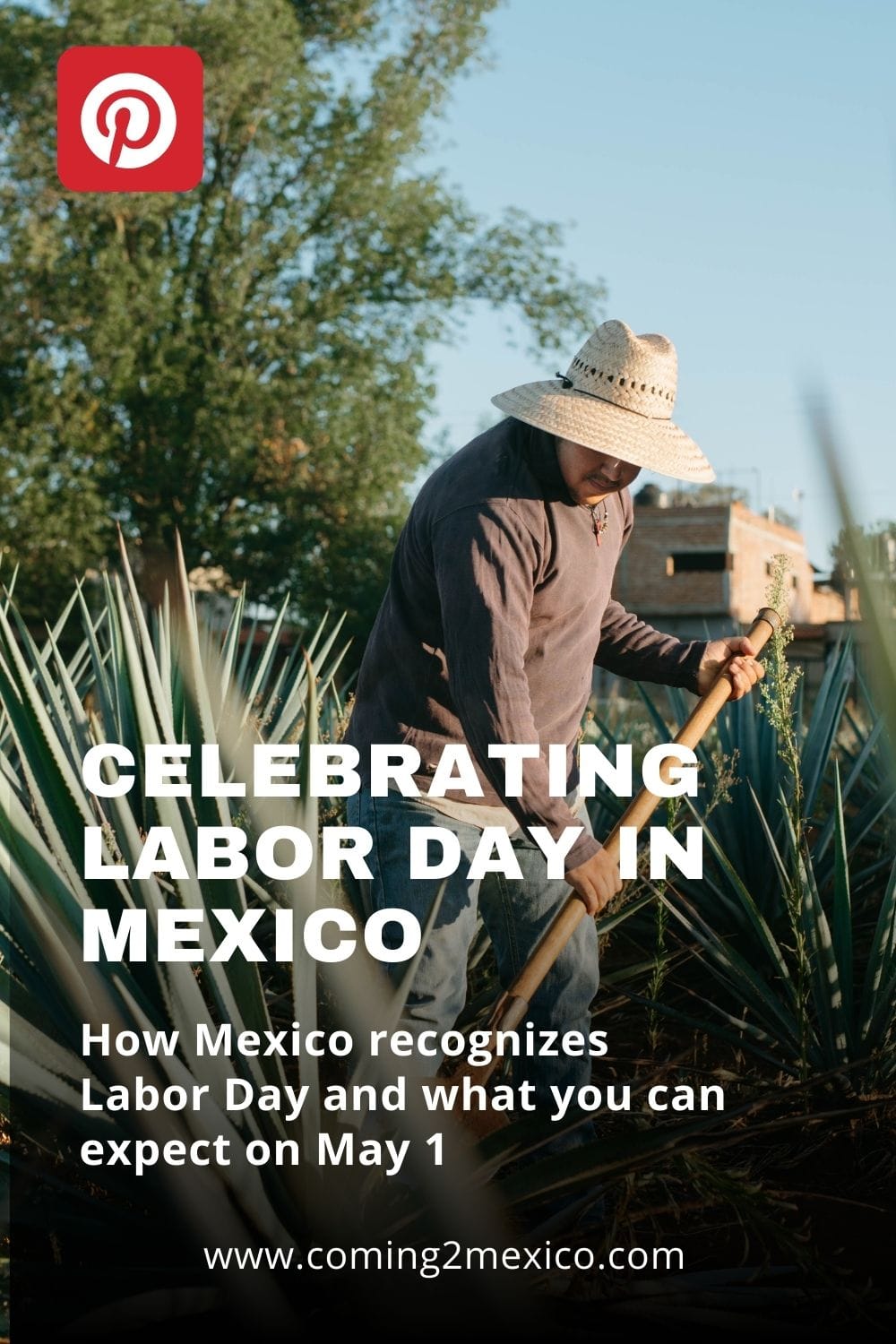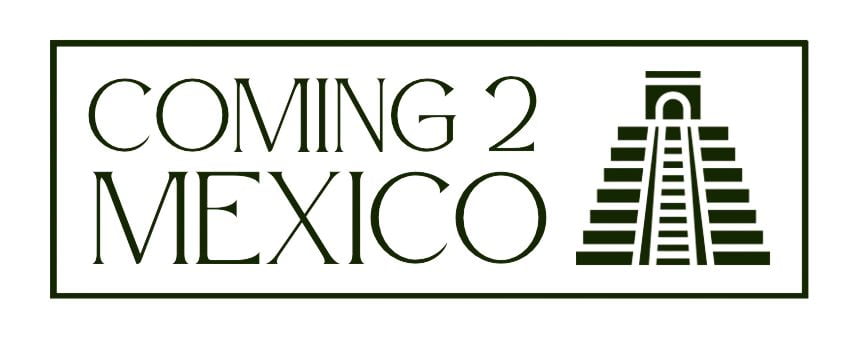May 1 marks Labor Day in Mexico, known here as Día del Trabajo. It is a federal holiday with deep historical significance, honoring the contributions of workers and the ongoing struggle for fair labor conditions. While it is often overshadowed abroad by Cinco de Mayo, May 1 is the day Mexico formally recognizes the individuals who keep the country functioning—teachers, tradespeople, sanitation workers, and countless others who labor, often with little recognition. Celebrating Labor Day in Mexico is one small way to show them that we see them and we care.

Contents
Historical Context
Mexico’s observance of Labor Day is rooted in the international labor movement, which gained global traction in the late 19th century. A pivotal moment occurred during the Haymarket Affair in Chicago in 1886, when a peaceful protest advocating for the eight-hour workday ended in violence. Several demonstrators and police officers were killed, and five labor leaders—later known as the Chicago Martyrs—were executed. Although largely forgotten in the United States, this event resonated worldwide.
In 1889, socialist and labor organizations established May 1st as International Workers’ Day, and Mexico became one of more than 80 nations to officially observe it. The cause of labor rights was central to the Mexican Revolution, and the country’s 1917 Constitution introduced groundbreaking social protections, including:
- The eight-hour workday
- Mandatory rest periods
- Safety and hygiene regulations
- A ban on child labor
These legal guarantees established Mexico as a regional leader in labor reform at the time.

Legal Protections and Worker Benefits
Article 75 of the Federal Labor Law establishes May 1 as a mandatory paid holiday. Employees who are required to work on this day are entitled to receive double their daily pay. The law ensures that workers have the right to observe civic or religious holidays that are recognized at the national level with time off or fair compensation.
Mexico has also mandated that all employees receive a year-end bonus, known as the aguinaldo, equal to 15 days of base salary (or a prorated amount, depending on length of service). The standard workweek is 48 hours, typically spread over six days, though some public sector positions adhere to a 40-hour week. There is ongoing legislative discussion around formally reducing the national workweek to 40 hours.
Since 2019, the minimum wage in Mexico has been subject to annual increases. As of 2025, it stands at 278.80 pesos per day, which is approximately $14.67 USD/day or $440 USD/month, using an exchange rate of 19 pesos to the dollar. Despite these increases, Mexico remains among the hardest-working countries in the OECD, with the average worker clocking over 2,200 hours per year—more than any other member country.

Celebrating Labor Day in Mexico: What to Expect on May 1
On May 1, most government offices, banks, schools, and formal businesses are closed. Any services involving paperwork or administrative processes are generally unavailable. However, many informal businesses—such as food stalls, local markets, and convenience shops—remain open, as many workers cannot afford to take the day off.
In cities across the country, the day is marked by marches, demonstrations, and public gatherings. These vary in tone and purpose, from peaceful commemorations to organized protests advocating for labor reform and wage justice.
In tourist-heavy destinations—such as Playa del Carmen, Cancún, Puerto Vallarta, and Los Cabos—most hotels, restaurants, and tourism-related services continue to operate as usual. Visitors may not notice significant disruptions, especially within resort zones. However, public transportation may run on a limited schedule, and some smaller shops or services may close.
While beach bars stay open, the workers serving tourists are often among those not receiving holiday pay despite federal labor protections. Travelers are encouraged to be mindful, tip generously, and understand the broader context of the day.
Reflection and Recognition
Although Labor Day is an official holiday, many of the workers it aims to celebrate are unable to take part in its observance due to economic necessity. The irony is clear: a holiday meant to honor labor often highlights the very inequality it seeks to address.
For those with the privilege of time off, May 1 presents an opportunity to reflect on the value of labor in society. Whether through learning about labor history, observing demonstrations, or simply acknowledging those who continue to work, the day serves as a reminder that the fight for fair working conditions is ongoing.
Conclusion
Celebrating Labor Day in Mexico is not a time for a party but rather a moment of recognition—a symbolic pause that honors the hands and backs behind the nation’s daily life. While it may go unnoticed by many, especially in tourist areas or among foreign visitors, its meaning remains deeply rooted in Mexico’s social fabric.
If you enjoy reading about holidays in Mexico, you may also want to read:
Celebrating Easter in Mexico: Holy Week and Semana Santa
What is Día del Niño? Children’s Day in Mexico
What is Día de la Candelaria and How is it Celebrated in Mexico?


